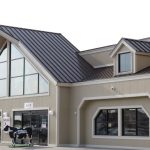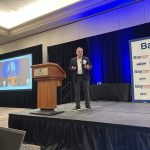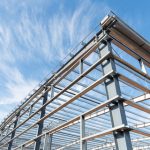Long used for parking garages to promote airflow without the addition of mechanical ventilation systems, perforated anodized aluminum is gaining in popularity, and is currently in high demand across the building and design industry.
Superior durability and design potential; ideal for facades and more
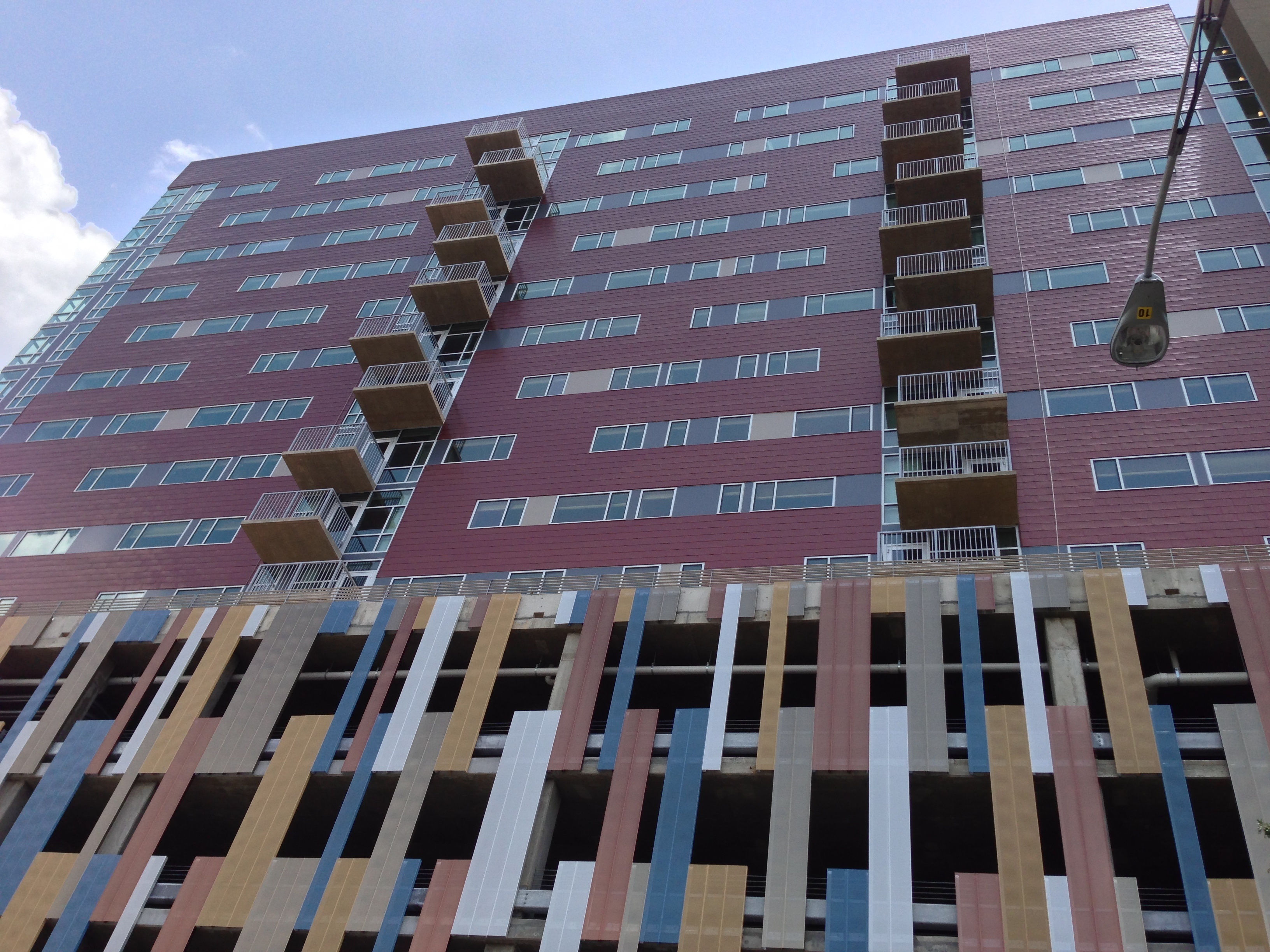
Architects and designers are taking advantage of its benefits and aesthetic qualities, and have developed very creative and inspirational projects that take advantage of the many benefits it offers.
Aesthetic and Functional
Perforated anodized aluminum serves both aesthetic and functional purposes. Anodizing is not a coating, but rather a process of electrochemically growing a hard translucent or colored oxide layer from the surface of the aluminum to protect it from the unwanted effects of weathering. When used on building or garage exteriors, it can provide proper ventilation, noise control, improved HVAC efficiency, screening of sunlight and/or environmental particulates, as well as management of a structure’s wind or heat loads. At the same time, it can enhance the aesthetics of building façades or interior design. If engineered correctly, perforated anodized aluminum will last throughout a building’s lifetime.
Stainless steel, galvanized steel, hot- or cold-rolled steel, copper, brass and nickel alloys, and aluminum can all be perforated. However, the metal used in any given project is determined by a number of factors such as cost, environmental concerns, strength requirements and decorative appeal. Because of its high strength-to-weight ratio, recycled content, corrosion resistance, and more, anodized aluminum is typically specified for the building construction industry.
Typically, perforated anodized aluminum is created by punching or stamping a specific hole pattern onto the metal, either in a continuous coil form or by sheet. The coil or sheet is fed through a computer-controlled punch press, which is designed to efficiently and quickly perforate a variety of patterns onto the metal. In particular, aluminum that is coil anodized after perforating versus before provides fabricators with perforated metal where even the inside edges of perforations are protected.
It also ensures that color is consistent throughout the entirety of a perforated anodized aluminum panel without using paint. Avoiding paint is a particular concern in perforated metals, as it often drips into perforations and mars the aesthetics, and can easily chip, flake, peel or be applied unevenly.
Once the design is complete and the perforated panels have been produced, the installation process starts with installing the framing. Once the framing is complete, the installer can then install the panels according to the details and guidelines on the perforator’s supplied architectural shop drawings. Perforated panels are usually one of the last elements to be installed on a building.
Most perforated systems can be installed with standard electric hand tools: drills, impact guns, levels, etc. With perforated anodized aluminum in particular, most panels are light enough to install without a crane, which is one of the reasons why aluminum is so highly favored for perforated metals building projects. A top-quality perforator will strive to create products that minimize the size of the installation crew needed, thus saving costs.
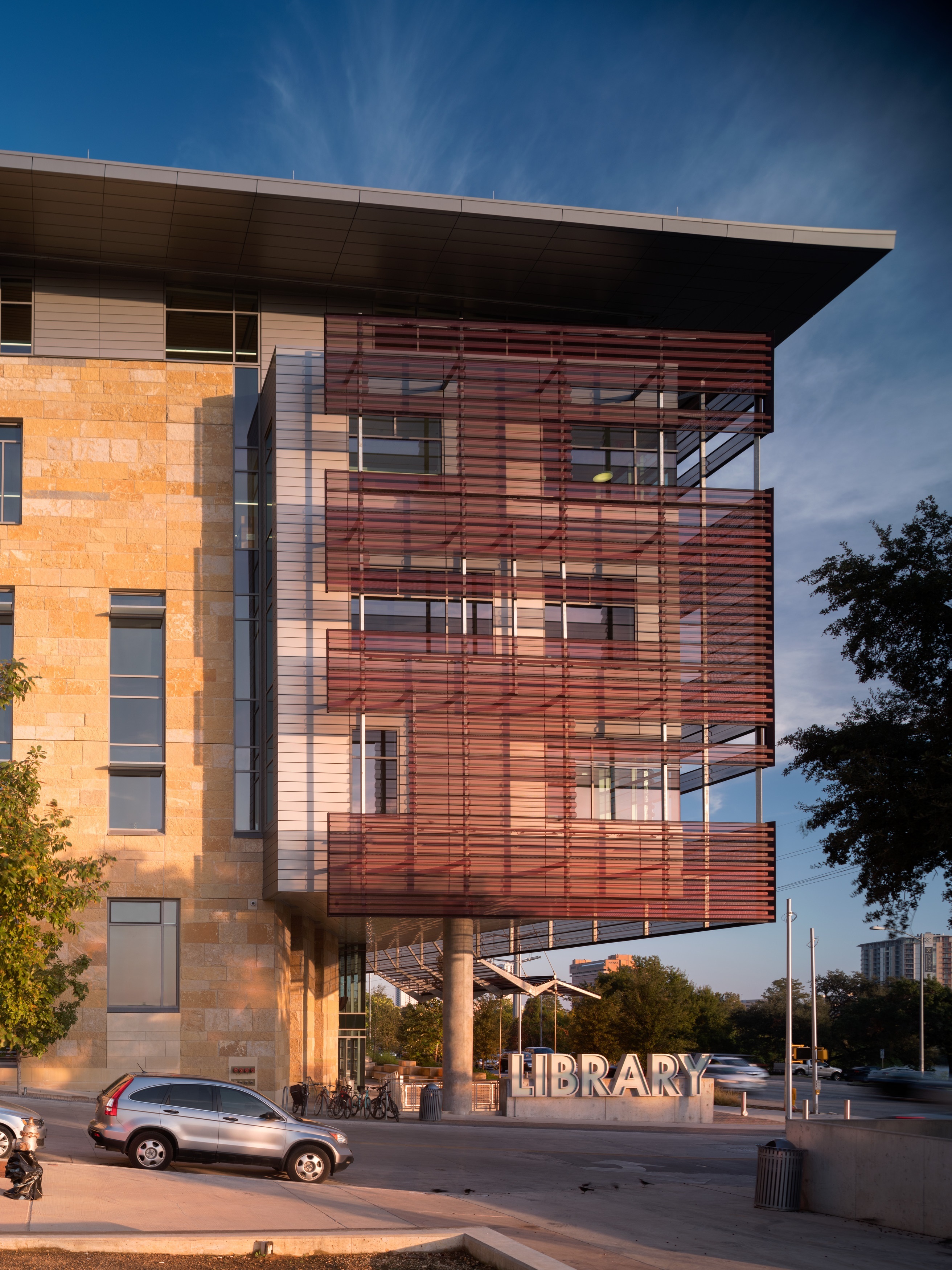
Two Great Projects
Recently, the City of Austin, Texas, built an entirely new central library building to serve its citizens, and in designing the building, architects from Austin-based Lake Flato Architects and Houston-based Shepley Bulfinch chose perforated anodized aluminum from Lorin Industries Inc., Muskegon, Mich., as a central façade design element. The new Austin Central Library building, opened in October 2017, makes full use of the functional and aesthetic benefits of the perforated anodized aluminum panels: many panels provide shade for the building and its entrances, while one large panel incorporates literary quotations visible on the building’s floor as light shines through the metal.
Similarly, a new student housing building near the University of Texas at Austin, known as 2400 Nueces after the building’s location, incorporates perforated anodized aluminum from Lorin Industries. In this project by Austin-based architecture firm Page, the perforated anodized aluminum helps the building meet garage ventilation requirements and coordinates the garage design with the overall building design, which includes anodized aluminum shingles.
Perforated anodized aluminum has been used in building and construction thanks to its high functionality. Only recently has it begun to be recognized for its aesthetic qualities and building design improvements. With durability, lightweight protection from wind and sun, contributions to green building efforts and an incredibly broad range of finish options, perforated anodized aluminum will only continue to rise in popularity throughout the building industry.
Phil Pearce is vice president of sales and marketing at Lorin Industries Inc., Muskegon, Mich. To learn more, call (800) 654-1159 or visit www.lorin.com.




